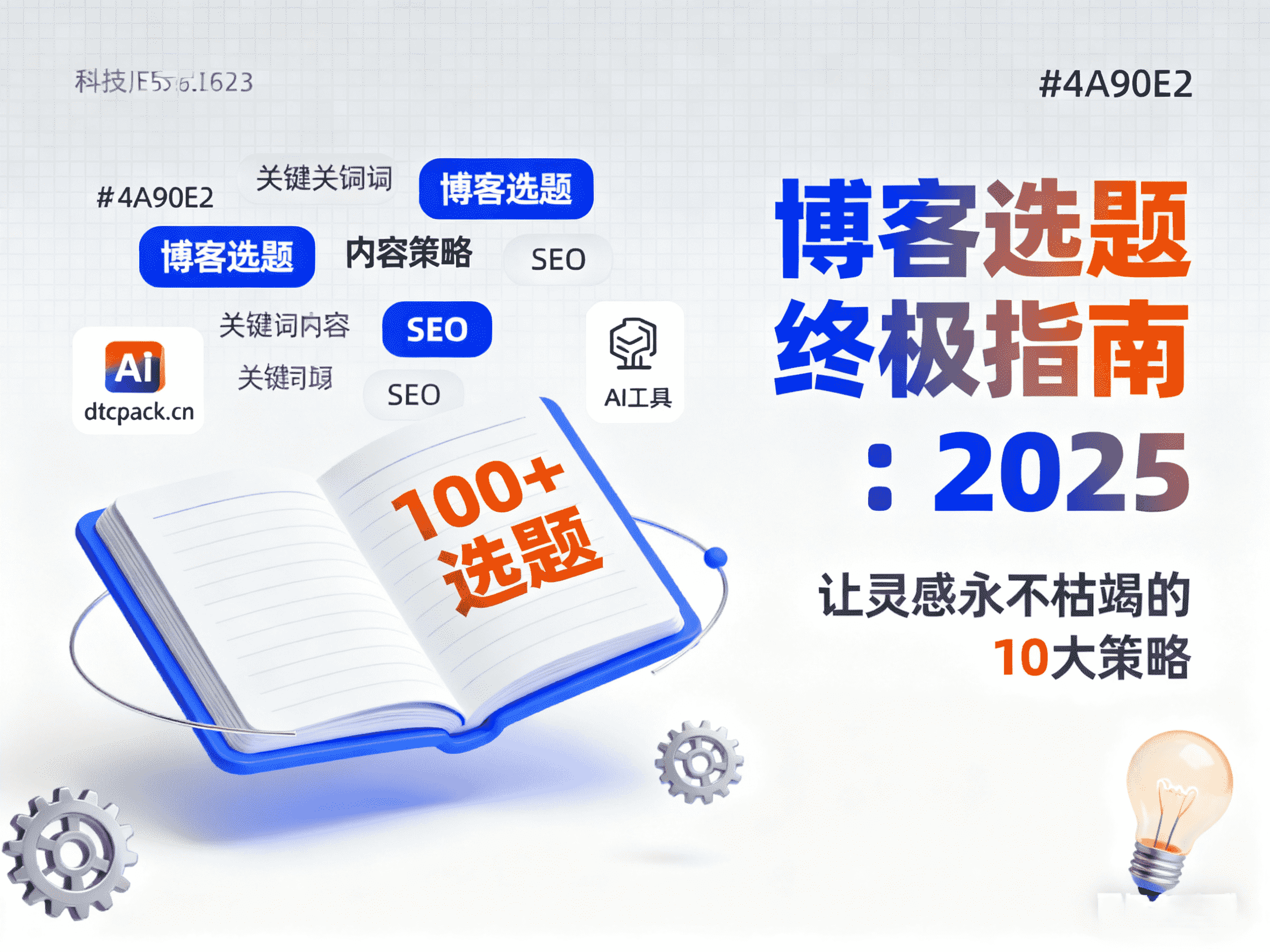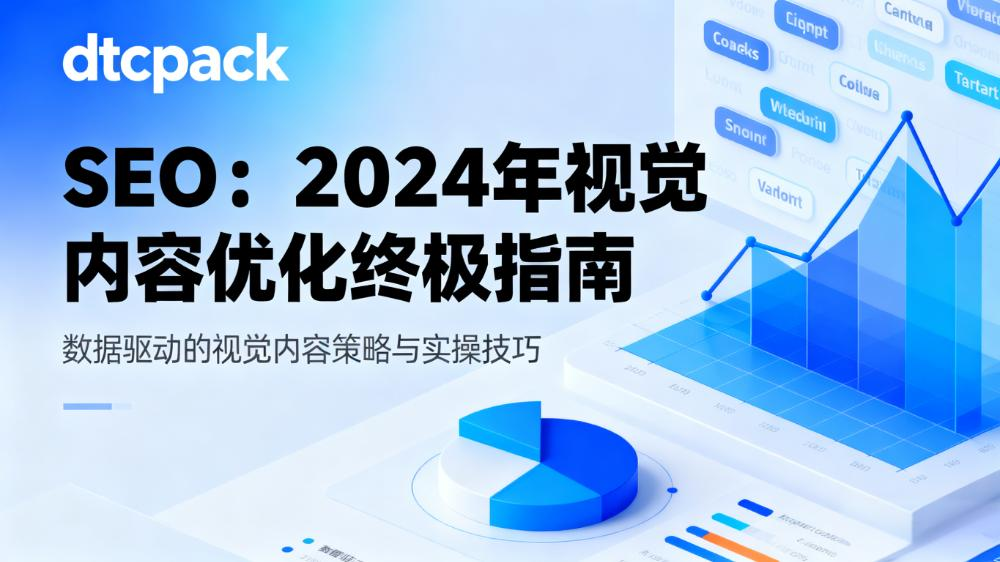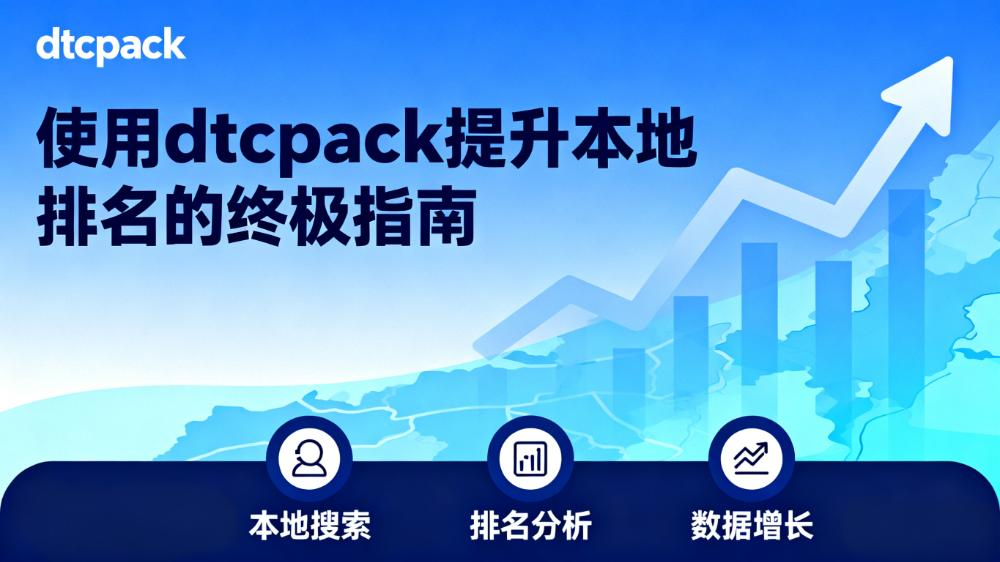What Does Brand Globalization Mean?
Brand globalization refers to the process of expanding a brand’s presence and influence into international markets, leveraging its established reputation, products, or services to compete globally. It involves strategically positioning the brand to resonate with diverse cultural and consumer preferences while maintaining its core identity and values.
The Essence of Brand Building
Brand building is essentially a process of capturing the minds of consumers. Through positioning, a brand shapes its image in the minds of its target audience.
The essence of a brand lies in its ability to deliver value—whether functional or emotional—that is equal to or surpasses that of its competitors. This value is derived from the brand owner’s products, services, or other advantages.
A brand represents the recognition and trust it has earned from its customers, which is cultivated through continuous interactions and breaking in between the brand and its consumers.
Brand building is a long-term endeavor. It involves consistently providing a set of specific features, benefits, and services to customers over time.
Examples of successful globalized brands include Anker, SheIn, and Aukey.
The Rise of Brand Globalization
With more Chinese brands making their mark in the cross-border e-commerce arena, the model and prospects of brand-driven e-commerce are becoming increasingly clear. The pandemic has further accelerated the pace of brand globalization in cross-border e-commerce.
Three Key Steps in Brand Globalization: Positioning, Shaping, and Communication
- Positioning: Identify and analyze competitors, including their brand positioning, promotional strategies, target customers, and geographic focus.
- Shaping: This involves two main aspects—content .
- Content: Transform the company’s core competencies, strengths, product capabilities, and customer cases into compelling content using graphics, text, videos, and images. The key principle is to create content that resonates with and engages the audience.
- carrier: Refers to the platforms or channels that deliver the content, such as independent websites, Facebook pages, or other social media platforms. The shaping process aims to buyers by combining content with the right carrier.
- Communication: Utilize both online and offline channels for Spread. Online methods include platform ads,independent websites + Google ads, social media campaigns, and video marketing. Offline methods include trade shows and overseas events.
Building a Global Team
Regardless of the chosen model, it is crucial for brands to have a team with deep insights into the target market. Establishing a global communication system and marketing capabilities are key to successful brand globalization.
Five Common Missteps in Global Marketing
Many brands have ventured into global markets, but not all have succeeded. Here are some common pitfalls to avoid:
- Misunderstanding Market Competitiveness: Technical parameters alone do not equate to market competitiveness .
- Overlooking Cultural Adaptation: Cultural adaptation goes beyond translating manuals .
- Assuming Certification Equals Brand Premium: Meeting certification standards does not automatically grant brand.
- Relying on Low-Price Dumping: Competing solely on price does not guarantee long-term market share .
- Equating Marketing with Advertising: Effective marketing involves more than just paid ads.
By understanding these steps and avoiding common pitfalls, brands can successfully navigate the complexities of globalization and achieve sustainable growth in international markets.

In fact, most local brands overseas adopt a multi-site model for their operations. They not only establish a presence on platforms but also own brand-specific and category-specific independent websites.
Among these, platforms and category-specific independent websites primarily serve as traffic acquisition tools, while brand-specific independent websites operate on a private domain traffic logic. This allows for better brand messaging and value delivery, as well as the accumulation of brand user assets.
On the other hand, through community operations and content strategies on independent websites, brands can successfully go global, becoming entry-level welding machine brands overseas.
This model is closely tied to user habits in overseas markets. For example, in Europe and the United States, users prefer purchasing through brand-specific independent websites. At the same time, brands can accumulate a wealth of user shopping preferences and habits, enabling personalized marketing and operations tailored to users.
Of course, brands are not limited to cross-border e-commerce platforms and independent websites. For instance, Pop Mart launched the LABUBU Maneki-Neko figurine in Japan. In terms of channels, Pop Mart not only leveraged online cross-border e-commerce platforms but also utilized overseas independent websites, offline retail stores, pop-up shops, and vending machines to attract consumers across different markets through a combined approach.
Furthermore, the Korean brand RAEL, which focuses on 100% organic cotton sanitary pads, accumulated substantial user data through its brand-specific independent website. By further exploring user needs, the brand expanded its SKUs from sanitary pads to period underwear and facial cleansers tailored for menstrual cycles.
In summary, entering overseas e-commerce platforms is merely the first step in "going global." To truly succeed overseas, brands have significant room to explore in terms of channels.
When entering a new market, it is crucial for brands to carefully consider their strategies, though this is no easy task. Brands need to continuously adjust based on market and consumer feedback to gradually master consumer trends and lead the way.
Moving Beyond Traffic Marketing: Building Communication and Trust Between Brands and Consumers
Similar to the domestic social environment, the rapid development of overseas social media has brought marketing dividends to brands.
For example, the early success of many overseas DTC brands can largely be attributed to seizing the window of opportunity on social media. These brands leveraged the technology and traffic of platforms like TikTok, Instagram, Twitter, YouTube, and Facebook to establish close communication and interaction with consumers. Through daily posts andinteractions , consumers gained a deeper understanding of the brand's philosophy , tone , and even the founder’s story .
This also indirectly accelerated consumer recognition and emotional connection with the brand, leading to sales conversions.
This is why "brand voice " and "social media influence" have become important metrics, representing the brand's ability to communicate directly with overseas consumers and execute ocalized operations.
As "brand globalization" replaces "cross-border selling," social media marketing and content marketing have become absolutely crucial.
Brands need to showcase their personality in social media operations to gain recognition from local markets and users, enhancing their competitiveness.
According to incomplete statistics, Chinese companies have created tens of millions of pages on overseas social media platforms.
Additionally, since brands need to create different pages for different country markets, a single brand may have dozens of official pages. These accounts and the content they accumulate have become significant digital brand assets.
Taking DJI as an example, the brand maintains a stable posting frequency and leverages KOLs for sharing.
In terms of content, the brand focuses on topics of interest to its target market users. For instance, some fans are highly interested in product and technology discussions, so DJI shares educational content about drone technology and cool product videos, resulting in high engagement rates.
Through content marketing, brands can continuously deepen user impressions. Additionally, by tapping into fan interests , brands can stimulate organic sharing , further expanding their reach and enhancing their influence on overseas social platforms.







